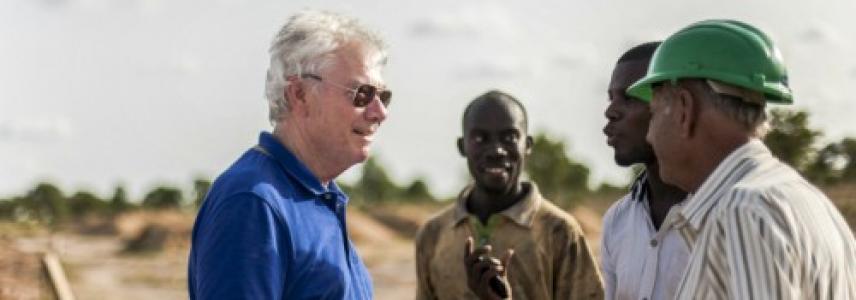Helping the 'missing middle'

Set up in July 2014 the Dutch Good Growth Fund (DGGF) has gotten off to a great start and is clearly filling an important need. By increasing access to financing for local SMEs in developing countries the DGGF aims to help them live up to their full potential.
The DGGF is an initiative of the Dutch government and part of its agenda 'from aid to trade'. Among other reasons, it was set up to provide access to finance for SMEs in 68 developing countries.
Challenging initiative
PricewaterhouseCoopers (PwC), in conjunction with its consortium partner Triple Jump, manages this part of the DGGF, with Friso Wiegman serving as project manager for PwC. “Among other things, we at PwC are responsible for taxation issues, and environmental, social and governance factors. This is a major assignment, a challenging initiative that is part of our portfolio of managing funds for the Dutch Ministry of Foreign Affairs,” he says.
Stuck in the middle
According to Wiegman the SMEs in developing countries covered by this part of the DGGF are seen as too big for micro financing but too small and risky for the local financial markets. “Typically, they are stuck in the middle and are actually known as the ‘missing middle’. They face a promising future but lack the funds to finance it. Greater access to finance will enable local SMEs to grow and thus strengthen the financial sector in low- and middle-income countries.” 
Accelerating
After just over a year in operation Wiegman feels that the DGGF local SME financing mandate is now really up and running. “It’s a very complex and often time-consuming process but after a short start up from July 2014, progress has accelerated since September that year.” So far the DGGF has closed investment contracts with six intermediary funds, three with an African focus, two with a focus on Asia and one on Eastern Europe. These funds invest directly in local SMEs seeking financing. The portfolio typically addresses the needs of young and female entrepreneurs and entrepreneurs in fragile states.
Gap
Wiegman sees the DGGF as a great initiative that can go a long way towards filling an apparent gap between the financial needs of SMEs in developing countries and the availability of funding. “The problem is an obvious one, and after just a year there are clear signs that the DGGF is fulfilling an important requirement and that there is huge interest for what it has to offer.” In her speech commemorating the first anniversary of the DGGF, Dutch Minister of Development Cooperation Lilianne Ploumen said: “I am asking you to seize the opportunities before you. Because the opportunities are there. Precisely in the places you may find less familiar or less obvious. Don't trust your first instinct – it's not always the right one. Risks really can be opportunities. Opportunities for SMEs. Opportunities for the financial sector. Opportunities for local economies in developing countries. Opportunities to stimulate good growth.”
“We have gotten off to a great start with the DGGF,” concluded Wiegman.